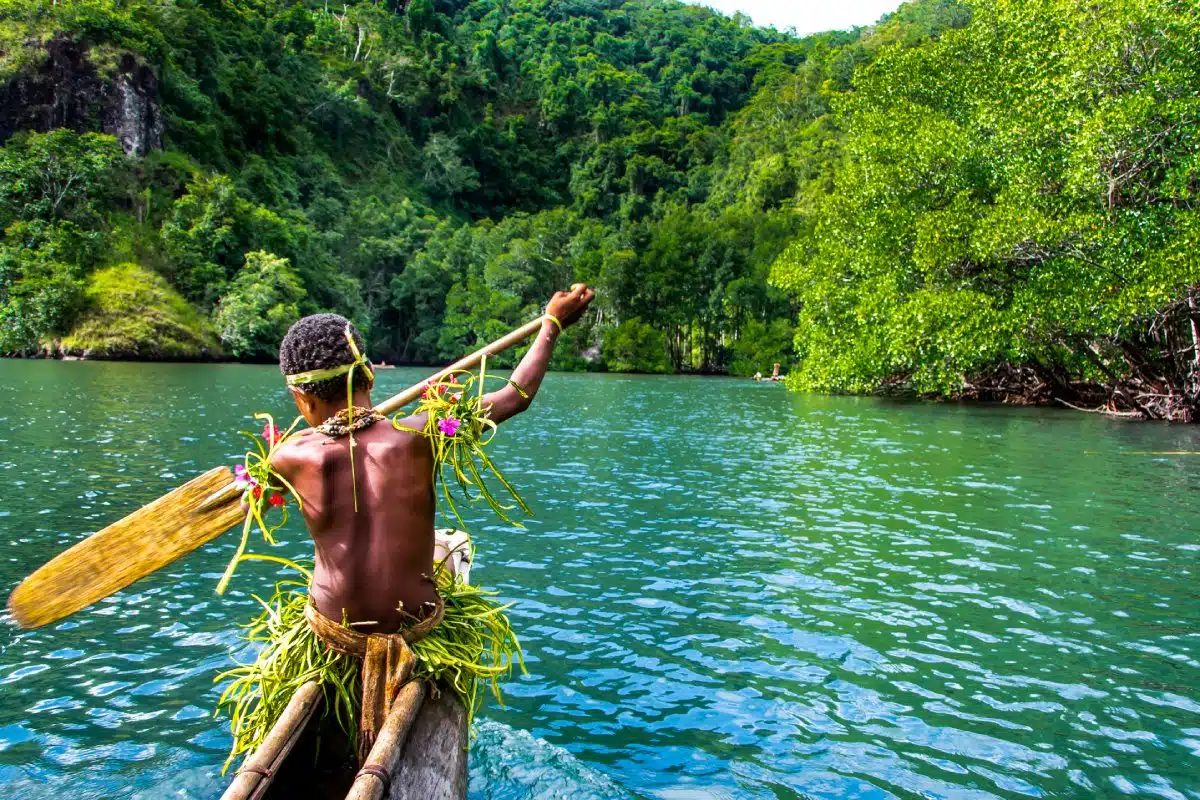Papua New Guinea, PNG, epitomizes untouched natural beauty and cultural diversity. The country’s landscapes are remarkably varied, encompassing dense rainforests, rugged volcanic mountains, and vast river systems. This geographical diversity supports a rich array of ecosystems and unique wildlife, making PNG a significant center of biodiversity.
Culturally, PNG is equally diverse, with over 800 languages spoken across the country. This linguistic diversity showcases the distinct communities, each with its traditions, social structures, and environmental relationships. Many of these communities have maintained their traditional ways of life, largely unaffected by globalization. This preservation of culture offers a rare opportunity for an in-depth understanding of indigenous knowledge systems and sustainable living practices honed over millennia.
PNG’s isolation has contributed to its natural and cultural preservation but also poses challenges in terms of accessibility. Exploring PNG requires travelers to encounter the unknown and embrace the complexities of navigating remote areas. The experience of traveling in PNG is deeply enriched by interactions with local communities, offering insights into a way of life closely intertwined with nature.
The country’s rich biodiversity is of ecological and scientific interest and forms the basis of many local livelihoods and cultural practices. Conservation efforts are critical in protecting these resources from the pressures of logging, mining, and climate change. Therefore, engaging with PNG’s natural environment involves a consciousness of these environmental challenges and a respect for the principles of sustainable travel.
In summary, Papua New Guinea uniquely blends natural and cultural richness. It offers an exploration of diverse terrains and human resilience and creativity in the face of environmental challenges.
1. The Sepik River
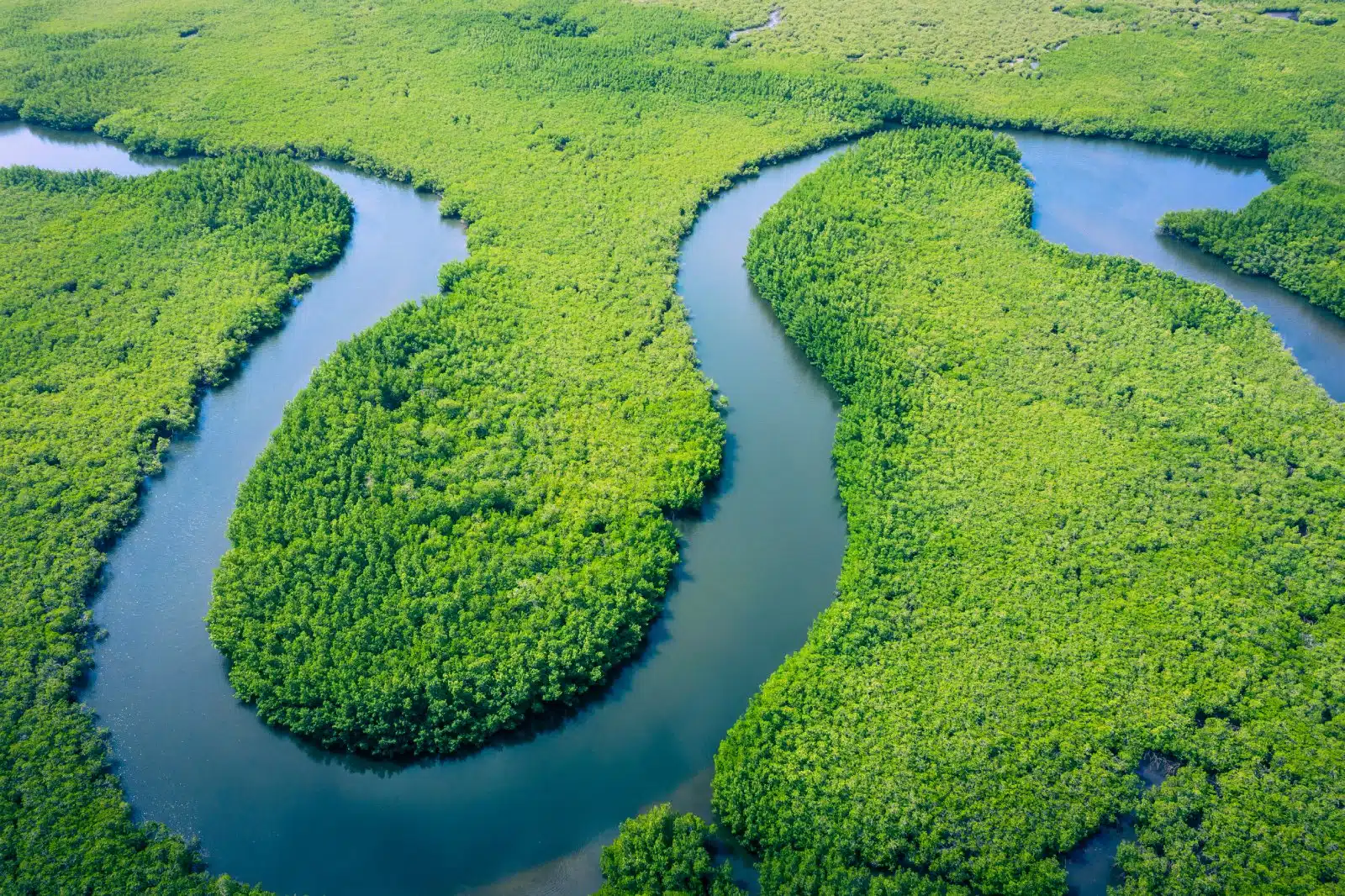
Image Credit: Shutterstock / Curioso.Photography
The Sepik River, stretching over 1,100 kilometers through Papua New Guinea, is a vital ecological and cultural artery. It winds through dense rainforests and swamplands, supporting a rich biodiversity and serving as the lifeline for isolated communities along its banks. These communities rely on the river for fishing and agriculture, employing traditional methods that have sustained them for generations. The Sepik region is also celebrated for its exceptional wood carving tradition, producing art with deep spiritual and cultural significance. These carvings, known for their intricate designs, are highly valued locally and internationally. The river’s significance is a central element in the lives of the Sepik people, influencing their lifestyles, beliefs, and social structures. Traveling along the Sepik River offers a glimpse into a way of life deeply connected to the natural environment, showcasing the symbiotic relationship between the region’s communities and their surroundings.
Insider’s Tip: Engage with local artisans for a deeper understanding of their craft. Many villages along the Sepik offer homestays or guesthouses, providing a unique opportunity to experience local life.
When to Travel: The dry season from May to October is ideal, as the river levels are lower, making navigation easier.
How to Get There: Access to the Sepik River is usually through Wewak or Vanimo. From there, small aircraft can take you to remote airstrips, or boats can be arranged to journey down the river.
2. Mount Wilhelm
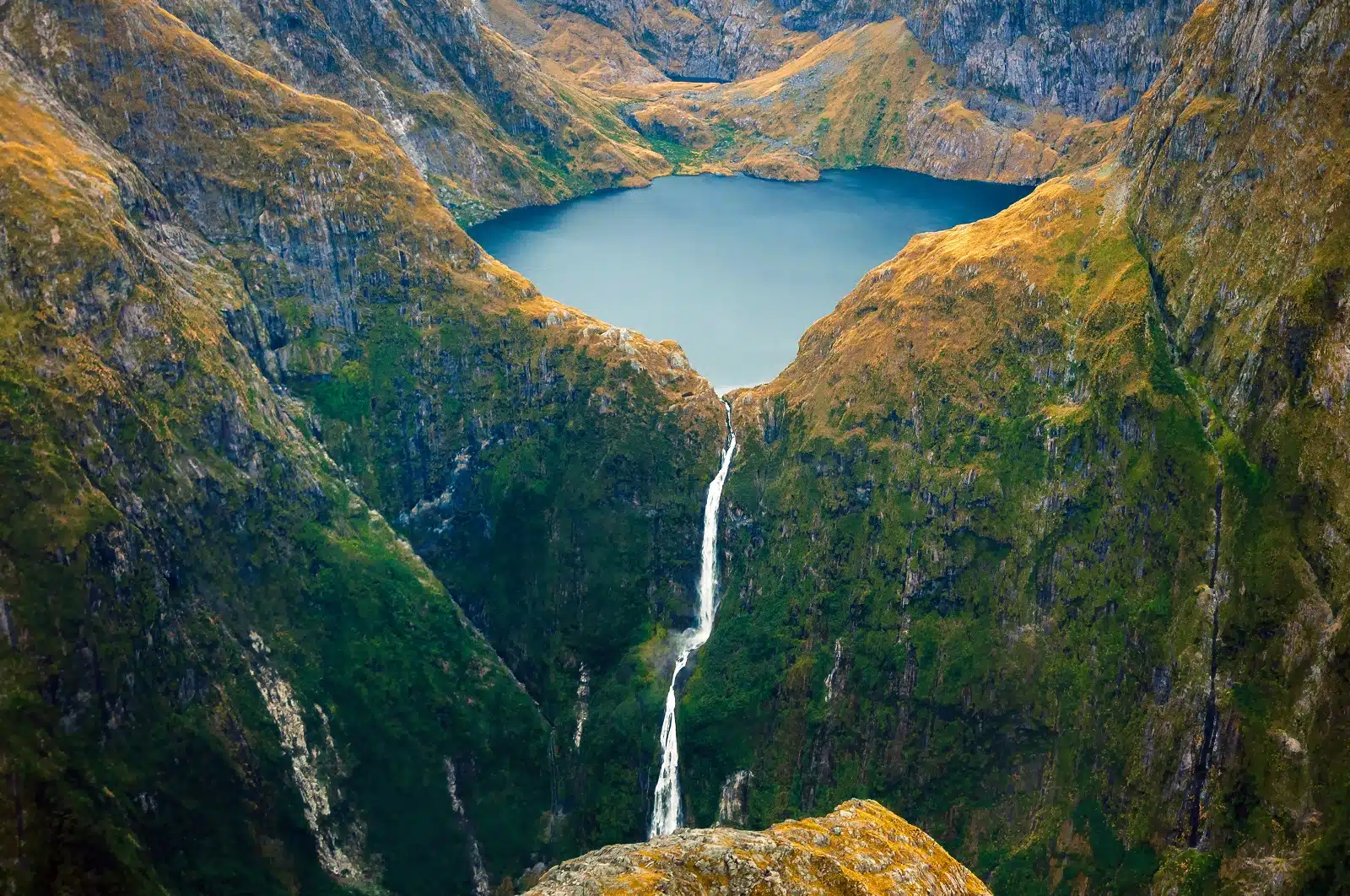
Image Credit: Shutterstock / Piu_Piu
Mount Wilhelm, the highest peak in Papua New Guinea, presents a challenging trek that rewards climbers with diverse ecological experiences and historical insights. The ascent passes through distinct ecological zones, from the tropical rainforests at its base, rich in biodiversity, to the sparse alpine grasslands near the summit. This gradient offers trekkers a unique opportunity to observe the changes in flora and fauna as they climb higher. The summit provides a breathtaking view at sunrise, where climbers can witness the vast expanse of Papua New Guinea’s rugged terrain beneath a sea of clouds, offering an unparalleled visual reward for their efforts.
Additionally, Mount Wilhelm holds historical significance, with remnants from World War II scattered along its trails, adding a layer of historical context to the climb. These artifacts from the past serve as reminders of the mountain’s role in global history, enriching the trekking experience with a sense of temporal depth. The journey to the summit of Mount Wilhelm is a comprehensive experience, combining physical challenge, ecological diversity, and historical exploration, making it a memorable endeavor for those who undertake it.
Insider’s Tip: Hire a local guide for navigation and enrich your trek with stories and insights into the area’s history and ecology.
When to Travel: The best months for climbing are from May to November, avoiding the rainy season when trails can be treacherous.
How to Get There: The journey typically starts from the town of Kundiawa in the Simbu Province, accessible by road from Goroka or Mount Hagen.
3. Tufi Fjords
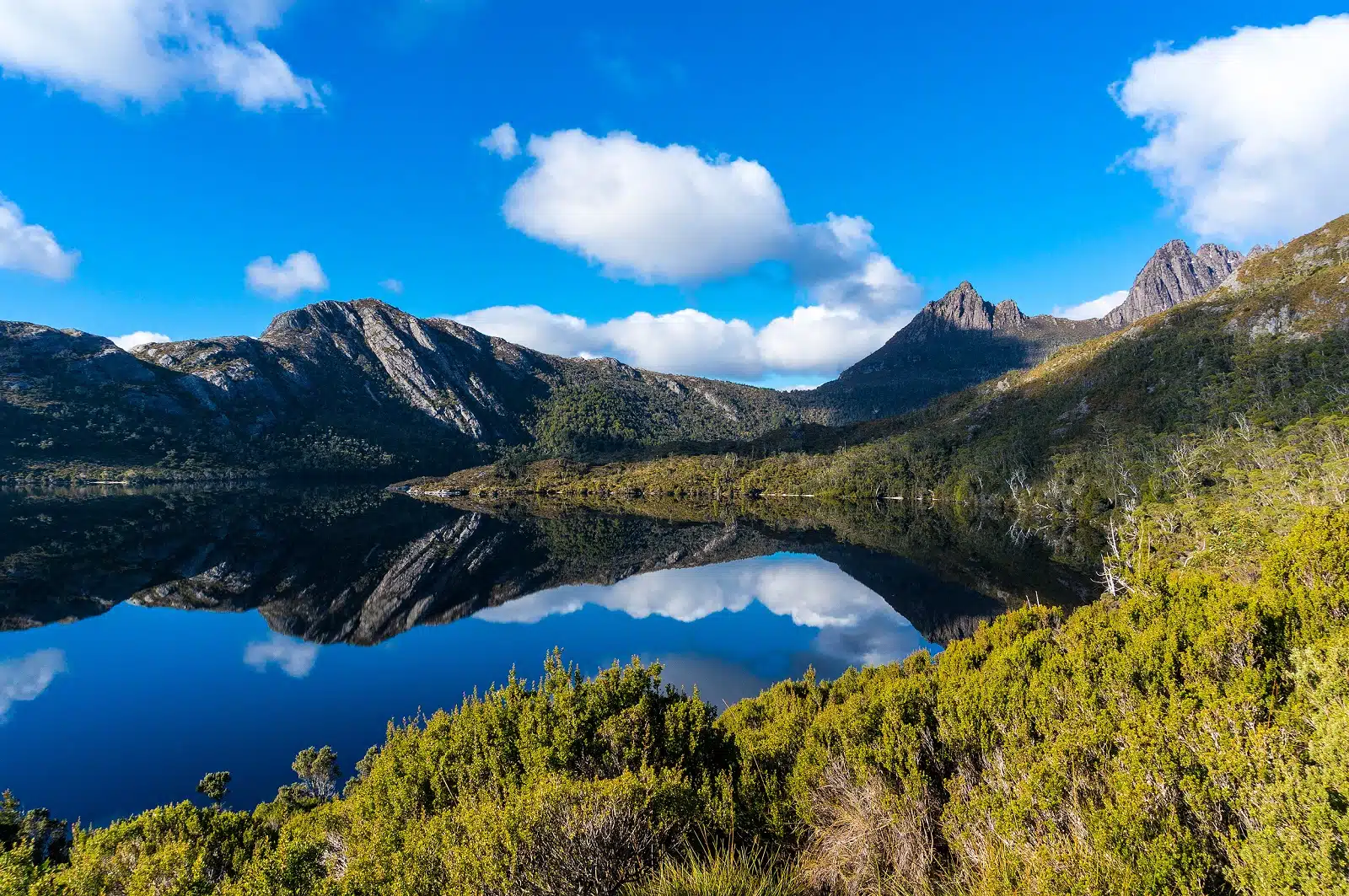
Image Credit: Shutterstock / Olga Kashubin
The Tufi Fjords, located in Papua New Guinea’s Oro Province, presents a unique geological formation within a tropical setting characterized by steep cliffs formed by ancient volcanic activity that descend into the Solomon Sea. This region stands out for its rich biodiversity, both terrestrial and marine. The underwater landscape around the fjords is renowned for its vibrant coral gardens, historical WWII wrecks, and diverse marine life, making it a prime destination for diving enthusiasts seeking natural beauty and historical exploration.
Above water, the fjords are surrounded by traditional villages where life has remained largely unchanged for centuries. These communities continue to practice sustainable living, relying on fishing, farming, and the art of canoe building, preserving their cultural heritage amidst the changing world. The Tufi Fjords offer a rare opportunity to witness rich cultural traditions and ecological diversity coexist. This area provides a sanctuary for a wide range of species and serves as a living museum of human history and culture, encapsulating the essence of Papua New Guinea’s unique environmental and societal integration.
Insider’s Tip: Take a cultural tour to one of the local villages to witness traditional dance, music, and the famed facial tattooing unique to the Tufi region.
When to Travel: The diving season runs all year round, but the best visibility is from September to December and March to June.
How to Get There: Tufi is accessible by air from Port Moresby, with regular flights to the Tufi airstrip.
4. The Kokoda Track
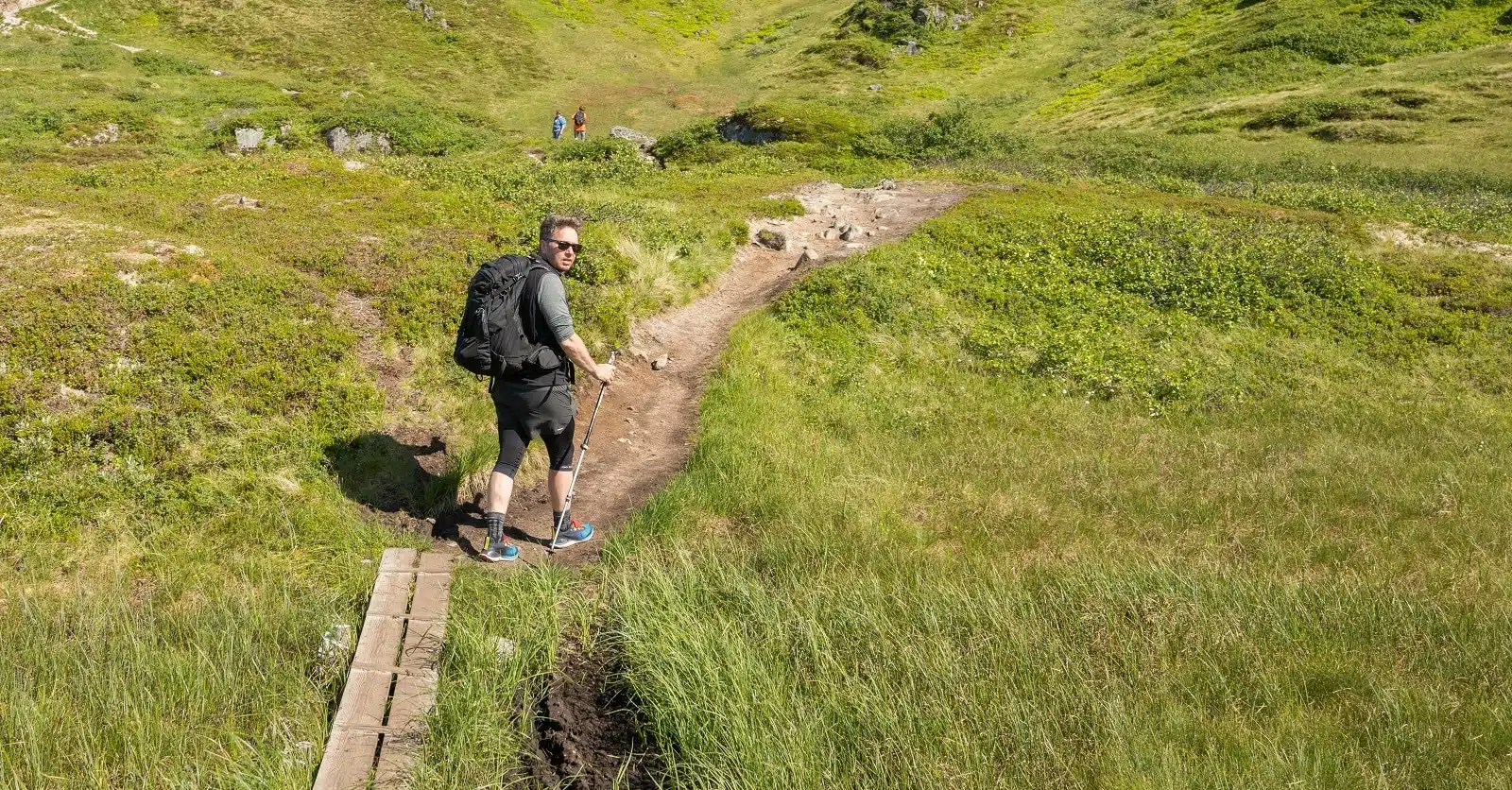
Image Credit: Shutterstock / DirkVG
The Kokoda Track, a 96-kilometer path through Papua New Guinea, serves as a historical journey and a nod to human endurance. This route, a scene of a significant World War II battle between Japanese and Allied forces, attracts individuals seeking to commemorate the resilience of soldiers and experience the challenging terrain firsthand. The trek through rugged landscapes offers an immersive experience into the dense jungles of PNG, exposing trekkers to the country’s rich biodiversity and the traditional villages nestled within. These communities, encountered along the track, embody the PNG people’s indomitable spirit and cultural depth, providing a unique perspective on the enduring traditions and lifestyles that have persisted through generations.
The Kokoda Track offers insights into the region’s strategic importance during the war and the profound sacrifices made. For those who traverse its length, the track presents an opportunity to engage deeply with the natural and cultural heritage of Papua New Guinea, making it a profound journey of reflection and understanding. This experience connects participants with the legacy of bravery and perseverance that defines the Kokoda Campaign, offering a poignant look into the heart of PNG’s historical and cultural identity.
Insider’s Tip: Training and preparation are crucial for this challenging trek. Engage a reputable tour operator who provides local guides and porters.
When to Travel: The dry season from April to October is the most suitable time to undertake the trek.
How to Get There: The track can be accessed from either Port Moresby or Kokoda, with charter flights available to Kokoda.
5. Rabaul Volcano
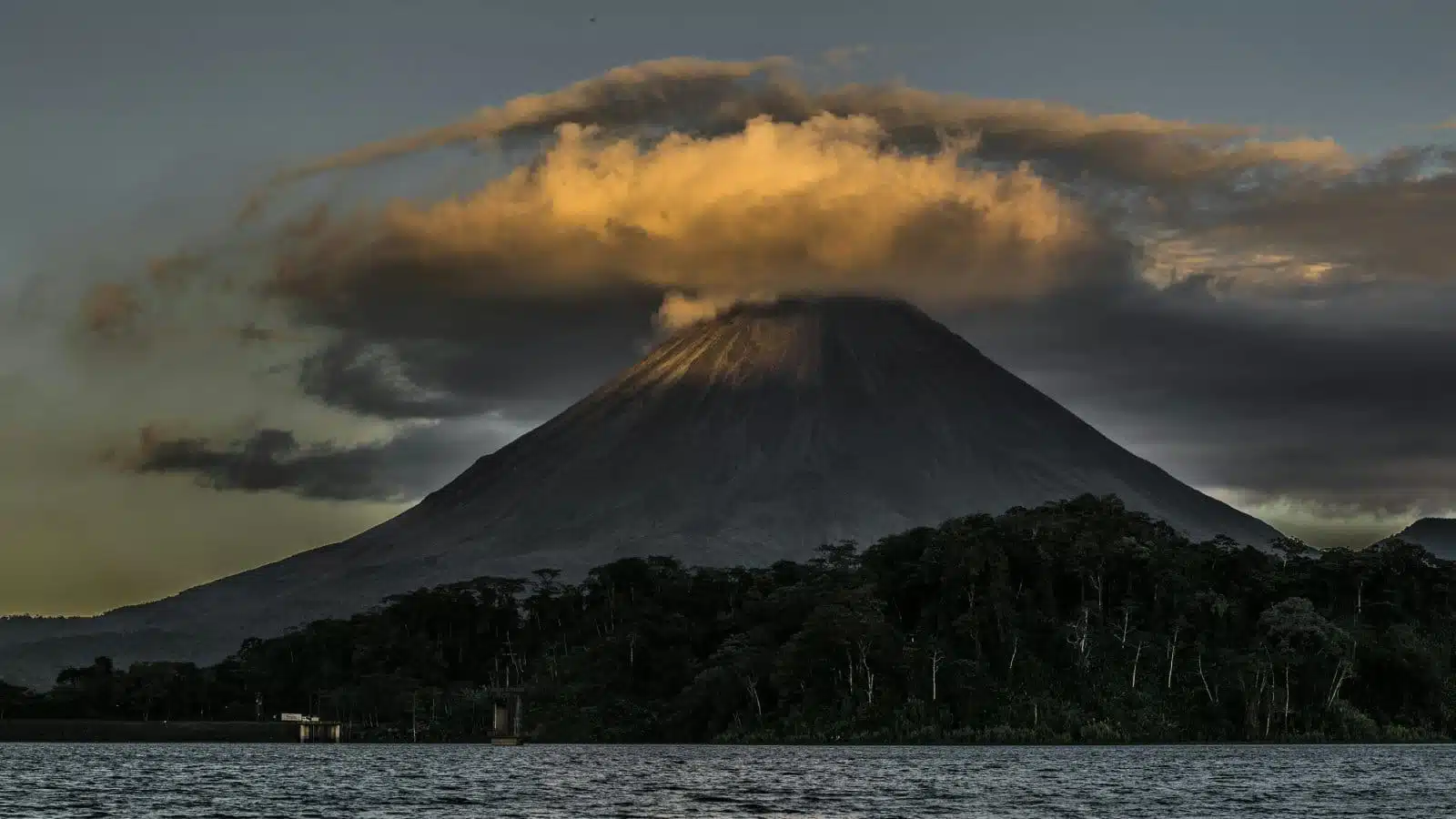
Image Credit: Pexels / Jordan Corrales
Rabaul, located in Papua New Guinea’s East New Britain Province, serves as a vivid example of nature’s transformative power through the activity of Mount Tavurvur, an active volcano. The town has endured significant volcanic eruptions, notably in 1994, which have dramatically altered its landscape, burying parts of it under volcanic ash. Despite these challenges, the community of Rabaul exhibits remarkable resilience, adapting to the ever-present threat of volcanic activity with steadfastness and ingenuity.
The area around Rabaul is notable for its unique geological features, including hot springs and a landscape shaped by volcanic forces, which draw both scientific interest and tourism. Furthermore, Rabaul’s strategic importance during World War II has left a legacy of war relics, adding historical depth to the region’s natural allure.
Rabaul highlights the adaptability and perseverance of its people, offering insights into the complex interplay between human communities and the dynamic forces of nature. The town’s ability to persist and adapt in such a volatile environment underscores the resilience inherent in the human spirit.
Insider’s Tip: Visit the Volcano Observatory for insights into volcanic activity and to understand its significant role in monitoring local communities’ safety.
When to Travel: The best time is during the drier months from May to October, when the weather is more predictable.
How to Get There: Rabaul is accessible by air from Port Moresby to Tokua Airport, followed by a road journey to Rabaul.
6. The Highlands Region

Image Credit: Shutterstock / MarkVanDykePhotography
The Papua New Guinea Highlands region features a series of mountain ranges that span the central part of the island, hosting remote communities with deeply rooted cultural traditions. These areas are characterized by fertile valleys that support traditional agricultural practices, essential for sustaining local lifestyles that have persisted for centuries with minimal change.
Culturally, the Highlands are renowned for their sing-sings, vibrant gatherings where tribes from across the region come together to celebrate their heritage. These events are marked by a display of traditional dance, music, and elaborate costumes, serving as the rich cultural identity of each tribe. Sing-sings play a crucial role in fostering social cohesion and facilitating inter-tribal communication, highlighting the importance of cultural preservation and community in the Highlands.
This region stands out for its combination of natural beauty, cultural richness, and maintaining a lifestyle closely tied to the land. The Highlands of Papua New Guinea offer a unique glimpse into a way of life that balances traditional practices with communal expressions of identity, underscoring the area’s significance in the country’s cultural landscape.
Insider’s Tip: Plan your visit to coincide with one of the significant cultural shows, such as the Mount Hagen Show, for an unparalleled glimpse into the diversity of PNG’s tribal cultures.
When to Travel: The cultural shows usually occur in August and September, which are also among the best weather months.
How to Get There: The main entry points to the Highlands are through the airports in Mount Hagen, Goroka, or Tari, with regular flights from Port Moresby.
7. Madang Province
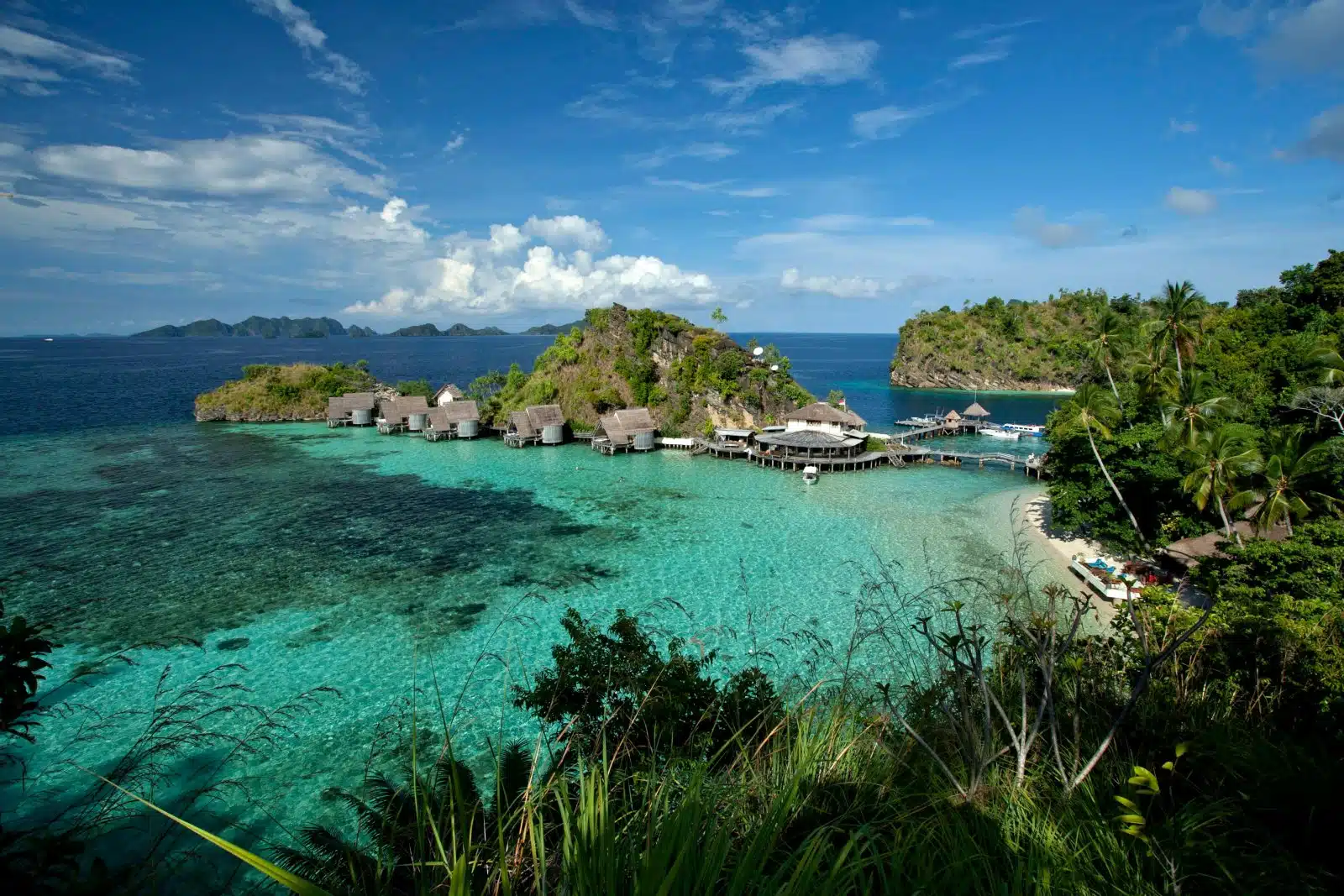
Image Credit: Pexels / Jeffry Surianto
Madang Province, situated on Papua New Guinea’s northern coast, is distinguished by its remarkable natural landscapes and rich marine biodiversity. The region boasts a stunning array of turquoise waters, lush greenery, and volcanic islands, making it a visually captivating destination. Its coral reefs are among the world’s most biodiverse, drawing divers and snorkelers to explore the vibrant underwater ecosystems teeming with life.
Beyond its environmental appeal, Madang is notable for the hospitality of its inhabitants. Visitors have the chance to engage with the local communities, experiencing the people’s warmth and rich cultural traditions. The tranquil pace of life in Madang allows for a genuine immersion into the serenity of this tropical setting. The province offers a variety of experiences, from aquatic adventures among the coral reefs to cultural explorations in traditional villages and treks through dense rainforests.
Madang Province encapsulates the essence of Papua New Guinea’s natural beauty and cultural wealth, providing a comprehensive experience for those interested in marine exploration and cultural immersion. It represents a unique blend of scenic magic, biodiversity, and cultural depth, making it an ideal destination for travelers seeking to connect with nature and local traditions in a peaceful environment.
Insider’s Tip: Explore the Madang markets for local handicrafts and the chance to interact with local artisans. Their work provides insight into the region’s rich cultural heritage.
When to Travel: The best time for diving and snorkeling is between April and December, when the waters are calmest.
How to Get There: Madang is easily accessible by air from Port Moresby, with direct flights to Madang Airport.
8. The Trobriand Islands
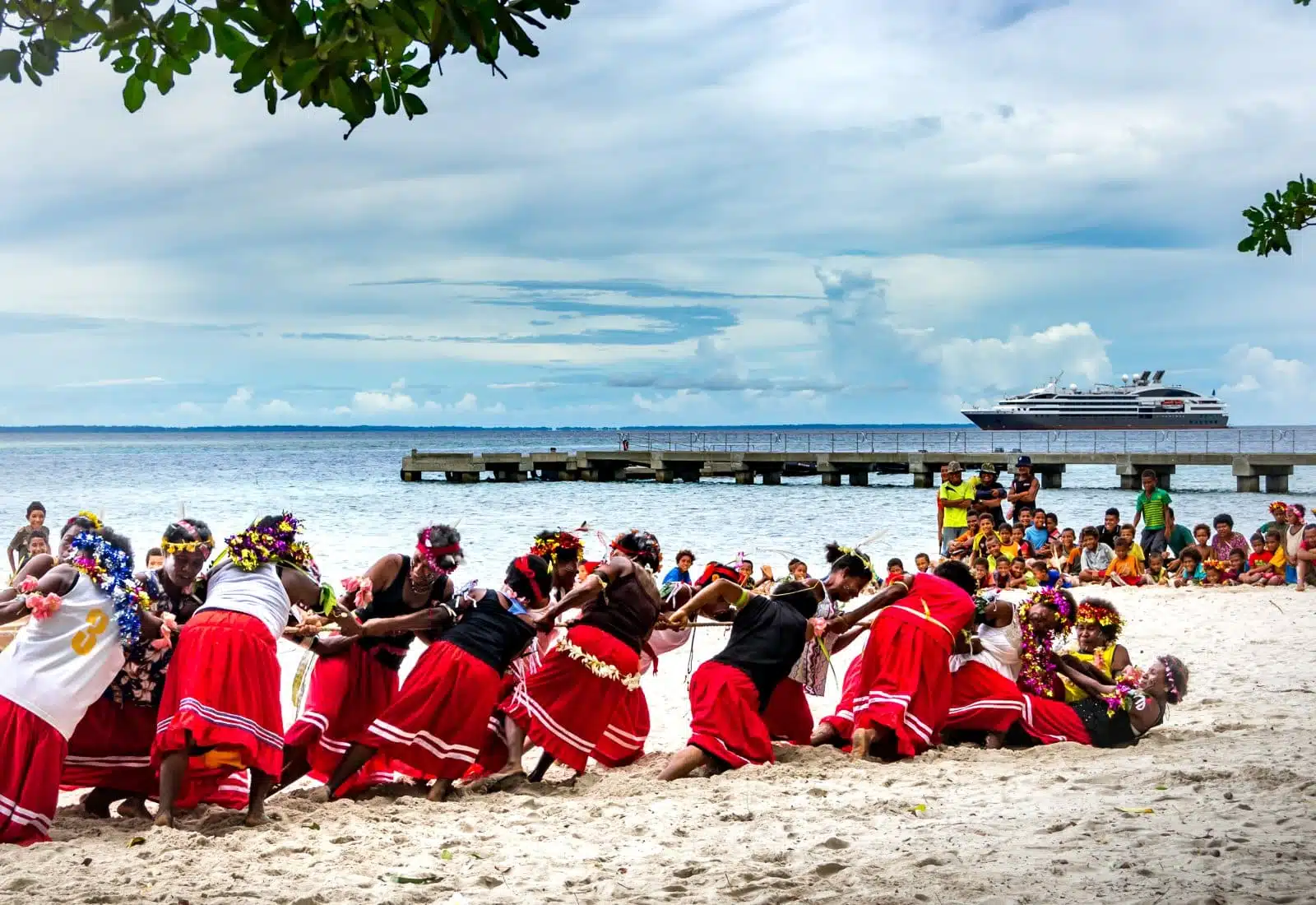
Image Credit: Shutterstock / Tetyana Dotsenko
The Trobriand Islands, situated off Papua New Guinea’s eastern coast, are distinguished by their matrilineal society, where lineage and inheritance pass through the female line, offering a unique perspective on social organization and property rights. These islands are well-known for their yam festivals, which are central to their culture, serving as a vital food source and a means of showcasing social status and wealth within the community. The festivals, intricate dances and exceptional craftsmanship in wood carving and weaving are pivotal in maintaining the islands’ cultural heritage.
Despite the gradual influence of modernity, the Trobriand Islanders have preserved their ancestral traditions, demonstrating a remarkable ability to balance traditional practices with contemporary life. This blend of ancient customs against the backdrop of the islands’ natural beauty, characterized by pristine beaches and verdant landscapes, underscores the unique cultural identity of the Trobriand society. The islands offer a compelling insight into the complexities of Melanesian culture, making them a significant destination for those interested in exploring social customs, artistic expression, and community life in this part of the world.
Insider’s Tip: Respect local customs and seek permission before taking photographs, especially during ceremonies or in villages.
When to Travel: The yam festival in June and July is a fascinating time to visit, showcasing the islands’ cultural richness.
How to Get There: The Trobriand Islands are accessible by air from Port Moresby to Kiriwina, the largest of the islands.
9. The Baining Fire Dance

Image Credit: Pexels / Donald Tong
The Baining Fire Dance is a significant cultural and spiritual ceremony performed by the Baining people of East New Britain, Papua New Guinea. Conducted at night, this ritual involves participants wearing elaborate masks and leaping over and through flames to the sound of bamboo drums, symbolizing purification and reinforcing social bonds within the community. This traditional dance offers insight into the Baining’s spiritual beliefs and communal values, emphasizing themes of renewal and the relationship between humans and the natural environment.
Witnessing this ceremony provides a unique opportunity to observe a vivid expression of cultural identity and tradition. Those interested in attending are recommended to do so through guided tours organized by local operators. This ensures that visitors approach the dance with the respect it deserves, allowing for a deeper understanding of its significance.
Insider’s Tip: Respectfully observing the Baining Fire Dance enriches the visitor’s experience and supports the preservation of this important cultural practice, highlighting the enduring connection between tradition, community, and spirituality in Papua New Guinea.
When to Travel: The fire dance is not performed on a regular schedule but can be arranged for visitors through local tour operators, typically outside the rainy season.
How to Get There: The Baining Fire Dance is best accessed from Rabaul or Kokopo, with local tour operators providing transportation to the dance location.
10. The PNG Cultural Shows
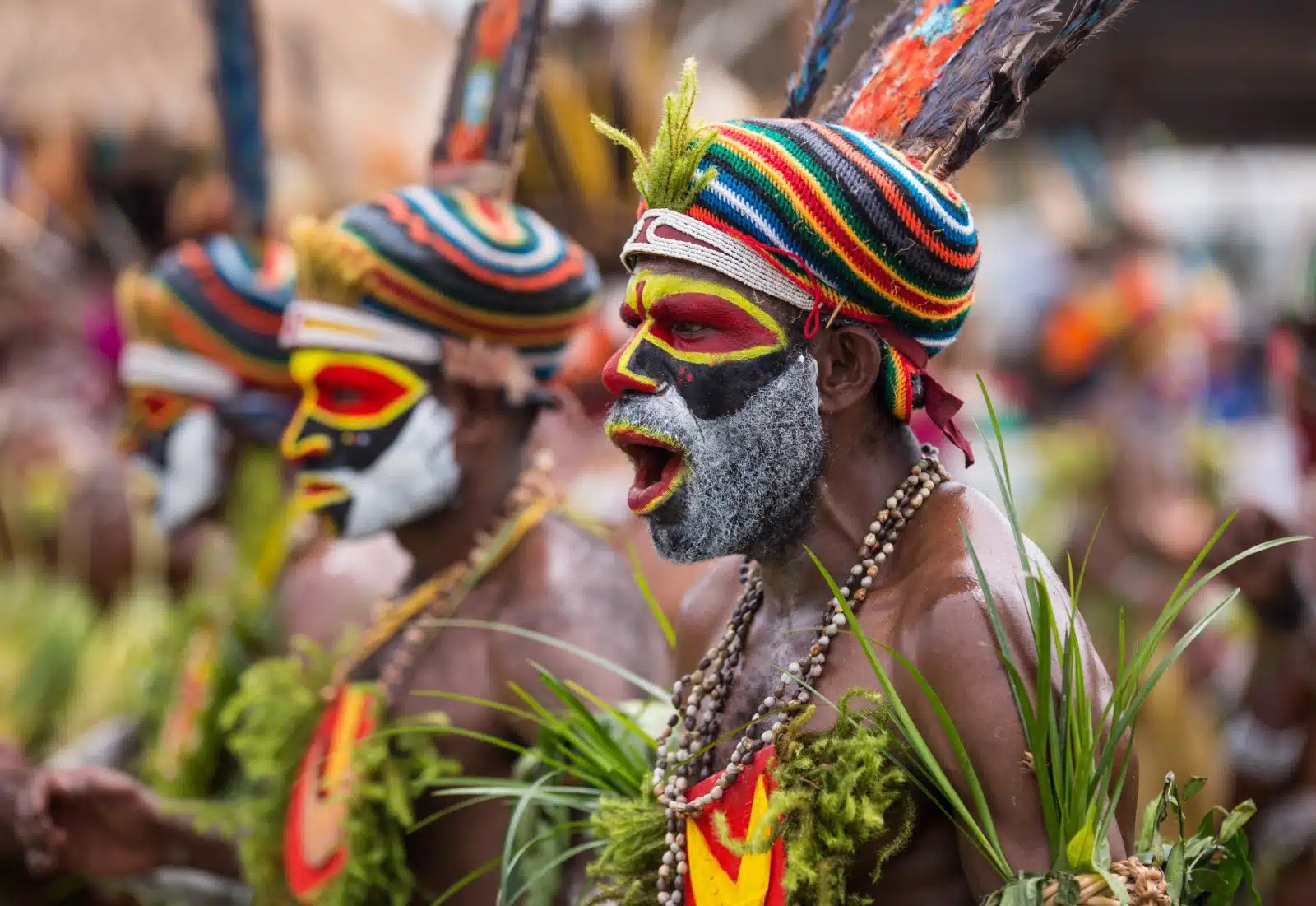
Image Credit: Shutterstock / Natalia Golovina
Papua New Guinea’s cultural shows, notably the sing-sings, are essential expressions of the nation’s tribal diversity and heritage. These events assemble tribes across PNG, allowing them to display their unique traditions through dance, music, and elaborate costumes. The Mount Hagen Show stands out as one of the most prominent, drawing hundreds of participants from various tribes, showcasing the unity and diversity of PNG’s cultures in a vibrant and dynamic setting. These gatherings are crucial platforms for cultural preservation, enabling tribes to celebrate and share their ancestral traditions and stories. The sing-sings, especially the Mount Hagen Show, offer a rare glimpse into the rich history of indigenous cultures, promoting understanding and unity among Papua New Guinea’s diverse populations and providing an invaluable cultural experience for visitors.
Insider’s Tip: Secure your accommodations and show tickets well in advance, as these events attract visitors from around the world.
When to Travel: The major cultural shows typically occur in August and September, during the dry season.
How to Get There: The shows are held in various locations, with the Mount Hagen Show in the Western Highlands being the most accessible by air from Port Moresby.
The Bottom Line
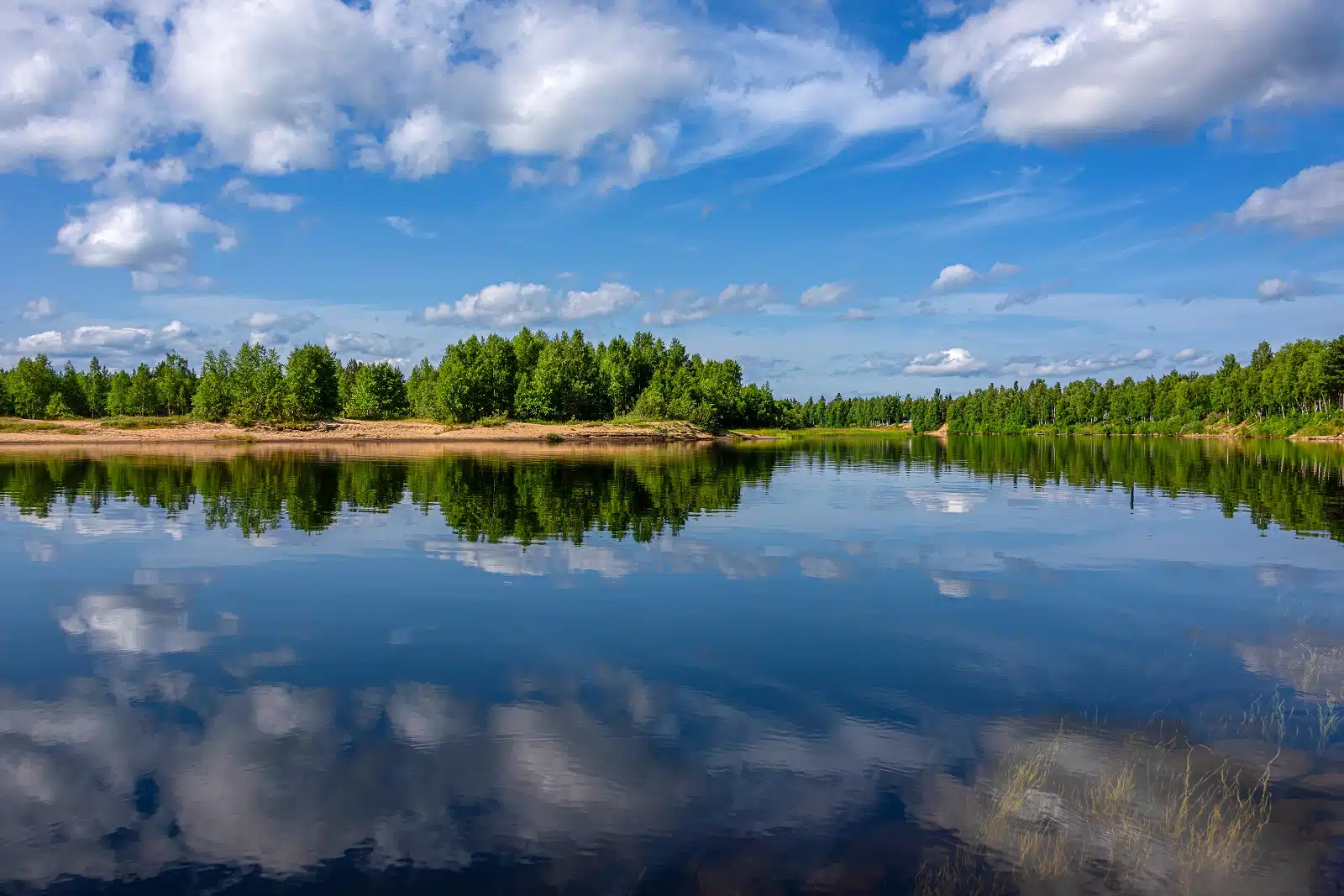
Image Credit: Shutterstock / Rolf G Wackenberg
Papua New Guinea presents a unique travel experience beyond sightseeing, inviting visitors to actively engage with its diverse cultures and pristine natural environments. This destination is ideal for those who seek a deeper understanding of human resilience and the intricacies of living in harmony with nature. In PNG, interactions with local communities and immersion in the country’s varied landscapes are central to the travel experience, offering insights into a way of life that is both ancient and remarkably adaptive to modern challenges.
Traveling to PNG is an opportunity for personal growth and exploration, appealing to adventurers interested in the genuine complexities of cultural diversity and environmental conservation. It is a call to become part of a larger narrative that values cultural heritage, environmental preservation, and the collective strength of its people.
More From The Green Voyage
Top 10 Trending Travel Destinations 2024
6 Essential Banking Apps for International Travel – Managing Your Finances on the Go
Traveling With Kids – 10 Tips to Create Memorable Family Holidays
The post A Country Guide to Papua New Guinea first appeared on The Green Voyage.
Featured Image Credit: Shutterstock / Tetyana Dotsenko.
For transparency, this content was partly developed with AI assistance and carefully curated by an experienced editor to be informative and ensure accuracy.
Tips for Trip Success
Book Your Flight
Find an inexpensive flight by using Kayak, a favorite of ours because it regularly returns less expensive flight options from a variety of airlines.
Book Your Hotel or Special Accommodation
We are big fans of Booking.com. We like their review system and photos. If we want to see more reviews and additional booking options, we go to Expedia.
You Need Travel Insurance!
Good travel insurance means having total peace of mind. Travel insurance protects you when your medical insurance often will not and better than what you get from your credit card. It will provide comprehensive coverage should you need medical treatment or return to the United States, compensation for trip interruption, baggage loss, and other situations.Find the Perfect Insurance Plan for Your Trip
